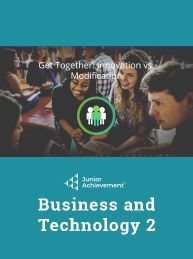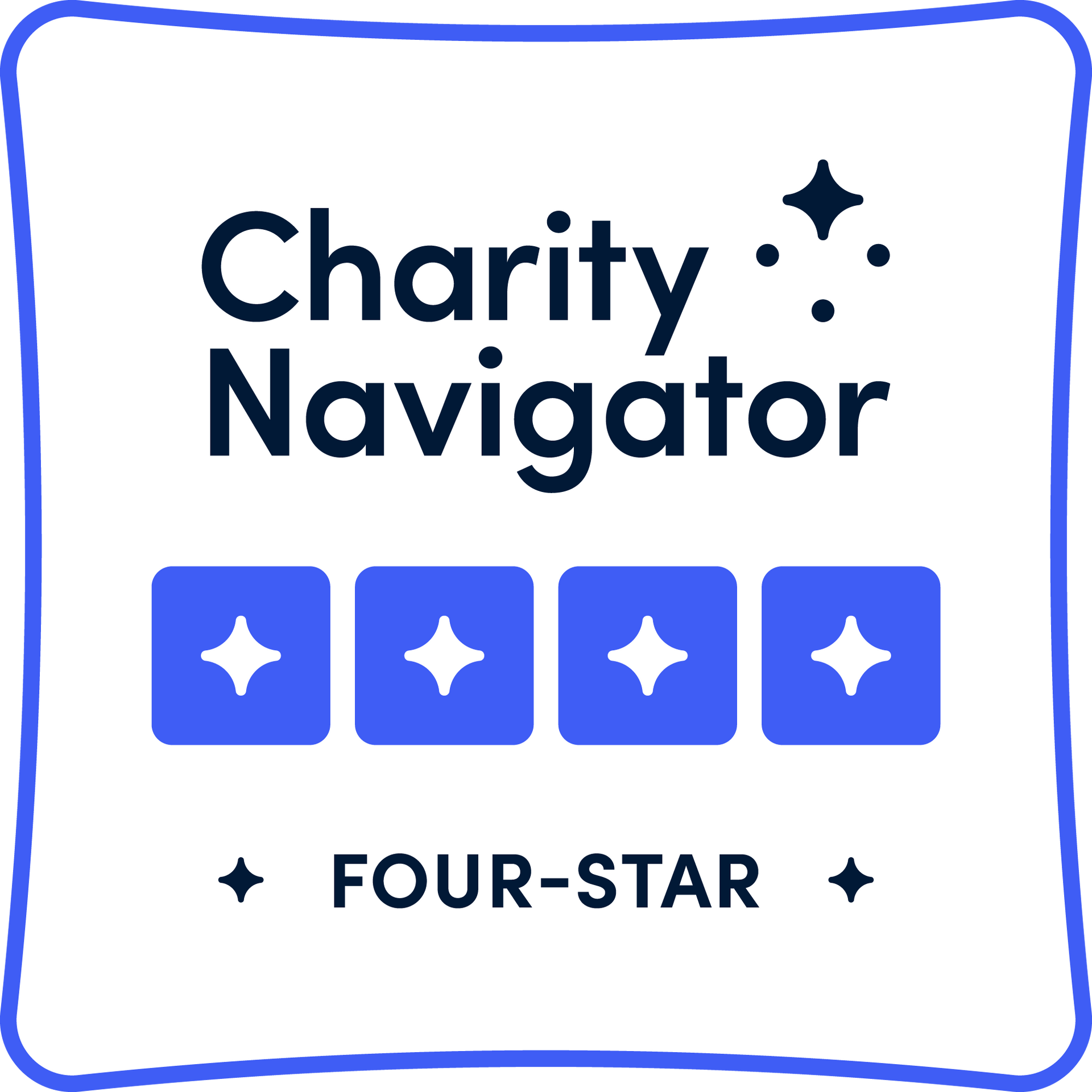| JA Business and Technology 2
A JA High School Experience Course
Elementary School
Middle School
High School
Implementation
- Classroom Based
- Virtual
Pillars of Student Success
Work Readiness
Entrepreneurship
Financial Literacy
JA Business and Technology 2, part of the
JA High School Experience courses, is a one-semester teacher-led course that introduces high school students to the basic skills necessary to succeed in business. Themes include personal skills like innovation, management functions, and accounting. Students also learn basic technical skills like how to use word processing, presentation software, and spreadsheets effectively. Volunteers engage with students through a variety of activities that includes subject matter guest speaking and coaching or advising for case study and project course work.
This course has received California A-G approval from High School Articulation, Office of Undergraduate Admissions, University of California.
Following participation in the learning experience, students will be able to:
- Learn the necessary concepts applicable to state and national educational standards.
- Apply these standards-based concepts to the real world.
- Synthesize elective concepts through cumulative, tangible deliverables (projects).
- Analyze a business situation or principle through the use of a case study.
- Demonstrate the skills necessary for future career pathway success.
JA Business and Technology 2 is part of the JA Work and Career Readiness Pathway and is recommended for high school students (grades 9-12)
JA Introduction to Business and Technology 2 is part of the JA Work and Career Readiness Pathway. This course is a blended model that includes teacher-led content, volunteer-led opportunities, and self-guided content to support flexible implementation options. JA Business Communications is available in classroom-based or remote live implementation. Robust support materials are available for teachers, including a pacing guide for semester-long implementation. Your local JA area may have the opportunity to support interested districts that have formed a relationship with post-secondary institutions to facilitate dual credit.
As part of this course, JA teachers and volunteers are encouraged to use the resources available in JA Connect® Learning Pathways. This self-guided experience includes interactives, JA Here to Career, and games and apps for student use.
JA programs support national and state standards in reading, mathematics, social studies, and work and career readiness. See below for more information on alignment with national and state standards.





